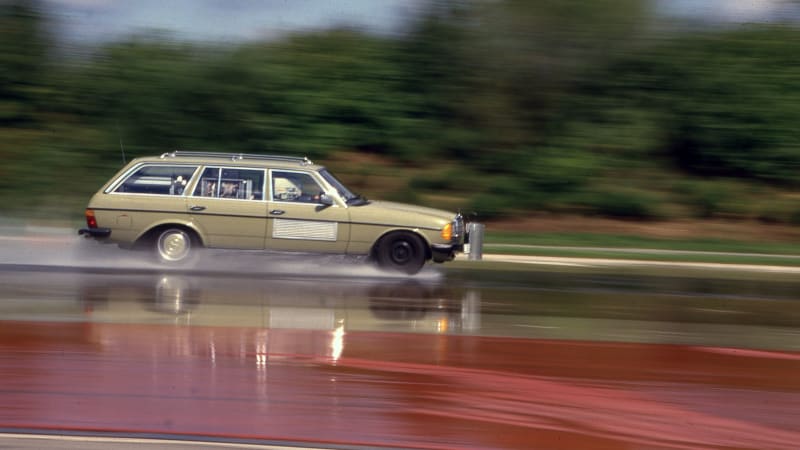Audi Repair Shop Doylestown
Call 267 279 9477 to schedule a appointment

One of the most important and ubiquitous electronic driving aids is turning 25 years old in 2020. Bosch introduced its first electronic stability control system (ESC) in 1995 after spending over a decade designing the technology.
It was 1983 when Bosch engineers began examining ways to prevent a car from skidding out of control. They looked closely at early ABS systems, which the company helped bring to the market in 1978, and speculated the same basic technology could be applied to control a vehicle’s traction. Development work began on July 1, 1984.
Mercedes-Benz parent company Daimler carried out similar research during the second half of the 1980s, and it joined forces with Bosch — one of its historic partners — in 1992. The partners agreed to bring an electronic stability program (ESP, another name for ESC) to the market in no more than 36 months, and they kept their word. Three years later, the C140-generation S-Class Coupe (which later became the first-generation CL) inaugurated ESC, though buyers initially needed to spend big bucks on the full-fat V12-powered model to get it. The W140 S-Class sedan received ESC in 1995, too.
Early on, Bosch’s ESC technology was a useful but expensive system reserved for a small handful of motorists who could afford to put an S-Class in their garage. It slowly trickled down to more affordable cars, including smaller Mercedes models, until the original A-Class (W168) accelerated its democratization. The front-wheel drive people-mover achieved Chevrolet Corvair-like notoriety when it rolled over during Swedish car magazine Teknikens Värld‘s moose test, which consists of making an evasive maneuver at a high speed. Unflattering images of the A-Class going around a cone on two wheels (or, sometimes, one wheel) were on the cover of every car magazine in Europe after the Swedes published their results. Mercedes fixed the issue — and prevented it from spiraling into an out-of-control scandal — by making ESC standard on the A-Class regardless of trim level.
Companies from all over the automotive spectrum began adding ESC to their cars, though it was often found on the list of extra-cost features. Bosch gradually improved the technology, notably by making the sensors smaller, cheaper, and more reliable. It built its 10 millionth ESC system in 2003, yet many budget-priced models lacked this life-saving feature until governments around the world made it mandatory in the early 2010s.
In the United States, ESC became required on all new cars for the 2012 model year. Research carried out by the National Highway Traffic Safety Administration (NHTSA) found the technology saved about 9,000 lives between 2008 and 2015, and it concluded it reduced fatal single-vehicle crashes of SUVs by 56%. That’s a huge deal in a nation where the public’s love affair with SUVs and crossovers intensifies annually.
“Bosch has continuously improved its anti-skid system, and produced more than 250 million ESC systems to date. Modern cars are inconceivable without this electronic guardian angel,” said Harald Kroeger, a member of the company’s board of management, in a statement. And yet, only 82% of new cars sold worldwide are equipped with the technology, because there are still some markets where it’s not required for cost reasons.
from Autoblog https://ift.tt/2ZfXewV
